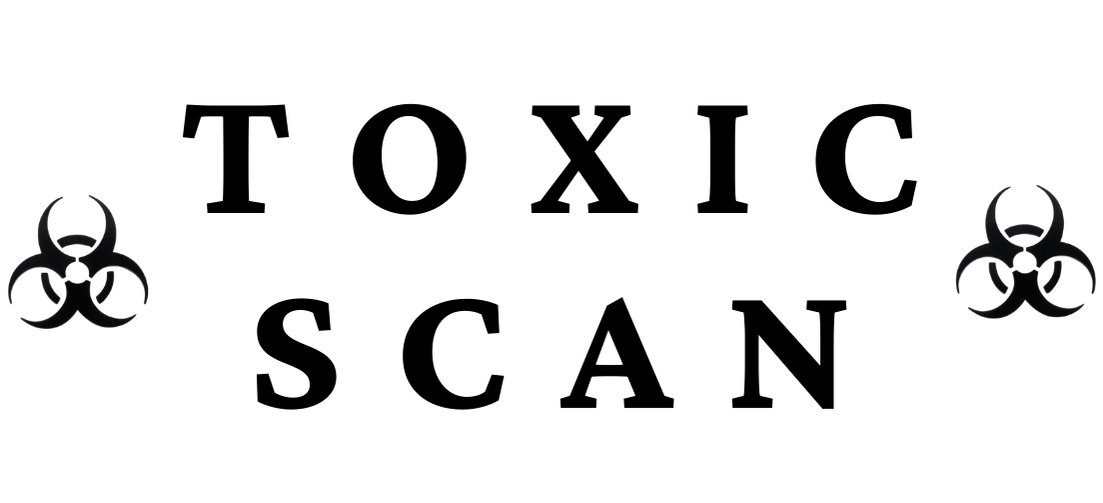E110: Sunset Yellow FCF
E110: Sunset Yellow FCF
What is E110 (Sunset Yellow FCF)?
Sunset Yellow FCF (E110), also known as Orange Yellow S or FD&C Yellow No. 6, is a synthetic petroleum-derived orange-yellow azo dye. It is widely used to give an orange or yellow color to foods and beverages. Like other azo dyes, it contains a characteristic nitrogen-nitrogen double bond (-N=N-) which is key to its color properties but also linked to some of its potential health concerns.
Source and Production
Sunset Yellow FCF is produced through chemical synthesis:
- Raw Materials: Derived from aromatic hydrocarbons from petroleum, such as benzene or naphthalene.
- Diazotization: An aromatic amine (like sulfanilic acid) is reacted with nitrous acid to form a diazonium salt.
- Coupling Reaction: The diazonium salt is then reacted with a coupling component (like 2-naphthol-6-sulfonic acid).
- Purification: The resulting dye is purified to meet food-grade specifications.
- Formulation: Available as a powder or granules, often mixed with sodium chloride and/or sodium sulfate to standardize color strength.
It is an entirely artificial compound and does not occur naturally.
Common Uses in Food
E110 is used in a wide variety of food and beverage products:
- Orange-flavored soft drinks and cordials
- Candies, sweets, and confectionery (e.g., orange or peach flavored)
- Desserts, ice cream, and sorbets
- Baked goods, cake mixes, and frostings
- Snack foods like chips and cheese-flavored crackers
- Packet soups and sauces
- Canned fish and some processed meats
- Pharmaceuticals (tablet coatings, syrups)
- Cosmetics
It is often used in combination with other dyes like amaranth (E123) or tartrazine (E102) to produce different shades of orange, brown, or red.
Health and Safety
Safety Concerns
Sunset Yellow FCF has been linked to several health concerns:
- Hyperactivity in children: It was one of the six dyes in the "Southampton Six" study that suggested a link between consumption of artificial food colorings and increased hyperactivity in children.
- Allergic Reactions: Can cause allergic or intolerance reactions in sensitive individuals, particularly those with aspirin intolerance or asthma. Symptoms can include skin rashes (urticaria, eczema), nasal congestion, and gastrointestinal upset.
- Carcinogenicity Concerns: Some studies in animals have raised concerns about potential carcinogenicity, although regulatory agencies have generally not found sufficient evidence to classify it as a human carcinogen at permitted levels.
- Genotoxicity: Some research has suggested potential genotoxic effects (damage to DNA).
Regulatory Status
Due to these concerns, its regulatory status varies:
- European Union: Permitted as E110, but products containing it must carry the warning: "may have an adverse effect on activity and attention in children."
- United States: Approved by the FDA as FD&C Yellow No. 6, but with an Acceptable Daily Intake (ADI) of 3.75 mg/kg body weight.
- United Kingdom: Manufacturers have been encouraged to voluntarily phase out its use, especially in products aimed at children.
- Norway and Finland: Previously banned, but now permitted under EU regulations (with labeling requirements).
- Australia/New Zealand: Permitted with mandatory labeling.
Identification on Labels
Sunset Yellow FCF may be listed as:
- E110
- Sunset Yellow FCF
- Orange Yellow S
- FD&C Yellow No. 6
- CI (1975) 15985
- Food Yellow 3
Alternatives to E110
For consumers wishing to avoid Sunset Yellow FCF, natural alternatives for orange/yellow coloring include:
- Annatto (E160b)
- Beta-carotene (E160a)
- Paprika extract (E160c)
- Turmeric/Curcumin (E100)
- Saffron
Choosing products labeled "no artificial colors" or certified organic foods can also help avoid this additive.
Conclusion
E110 (Sunset Yellow FCF) is a synthetic azo dye associated with a high toxicity rating (4/5) due to concerns about hyperactivity in children, allergic reactions, and potential long-term health effects. While many regulatory bodies still permit its use with specific labeling requirements, consumer pressure and scientific studies have led to its voluntary removal from many products, particularly those marketed to children.
Given the availability of safer natural alternatives, individuals concerned about synthetic food additives may choose to avoid Sunset Yellow FCF by carefully reading labels.
